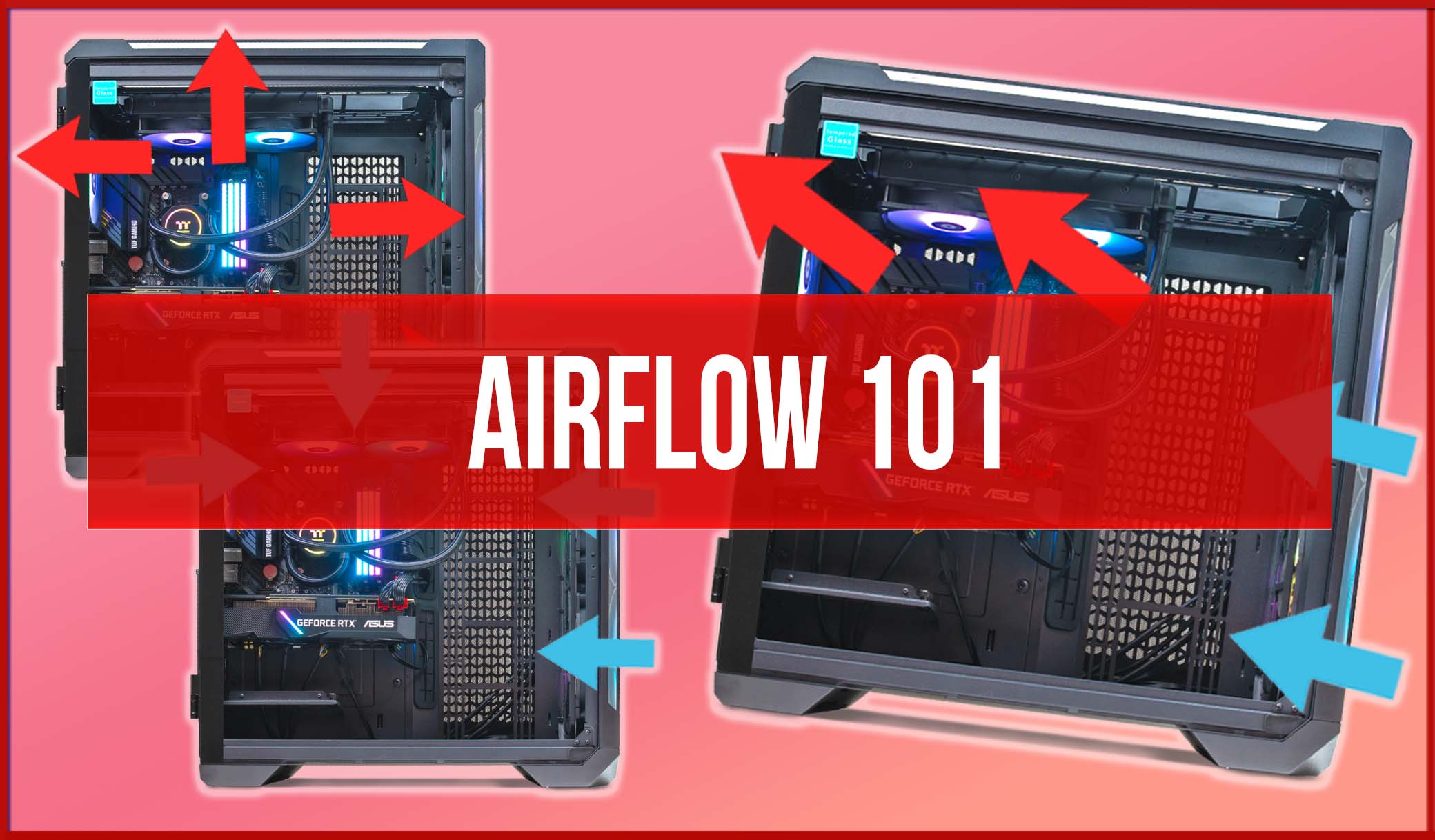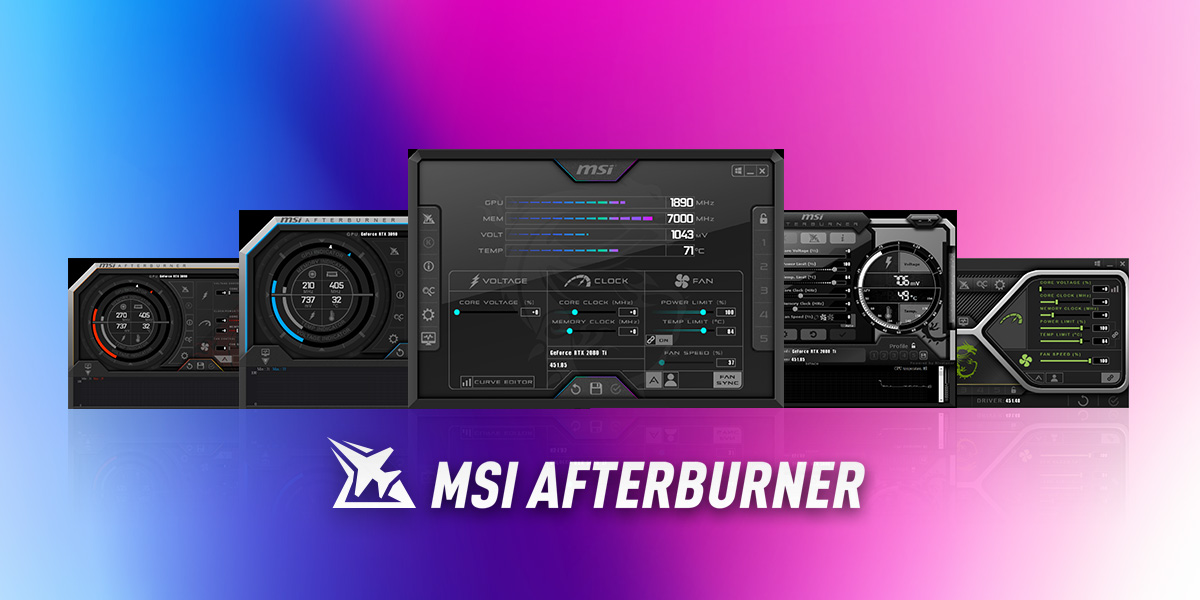One of the most critical parts of building a PC, is bearing in mind the airflow configuration. This is something that lots of newbies overlook, and even some well-seasoned builders can find themselves running a less than ideal airflow setup. So, what is an optimal airflow setup for a PC? And how do you achieve it? Well, this post is going to cover all that and more in this easy, breezy Airflow Guide!
Let’s bring it right back to start it off. What is airflow and why does it matter?
So, airflow at its core relates to the way that air moves through your system. This can all be impacted through your choice of case and fans, including both fan position and orientation. It’s also important to factor in your hardware when considering airflow. Certain hardware can chug along happily with a very basic airflow configuration, but others require far more thought such as higher-powered graphics cards, which produce more heat.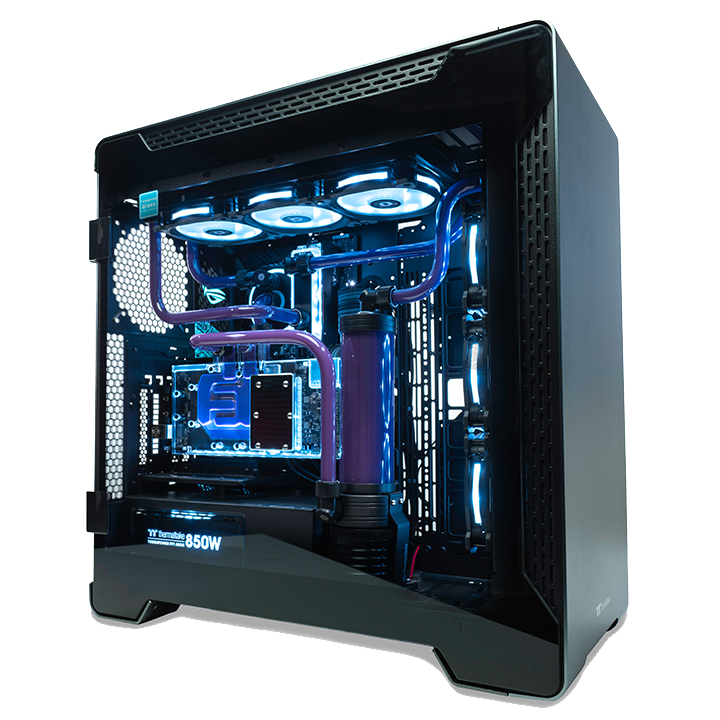
What do we need to consider?
Case
Picking out a case that has good airflow options for the sort of configuration you are running is the first step to having good airflow. Making sure it has good spaces reserved for ventilation, as well as a decent few options for fan mounts is essential. Some would say also that having a purely mesh front panel is the only way to go to get good airflow. I would say it’s not essential, but if you are running fancy new 30 series card or something that will produce more heat, thinking about your panels will make a difference.
Fans
Now, this is the big one. For starters, fans can be installed as either intake of exhaust. Usually, you will find small arrows on the sides of the fans which indicate which way the air will move. So, for example, if the arrows are pointing outwards when you rest it against the place you will mount it, then the air will be pushed out of the case. If this is reversed, it will pull air inward.
Additionally, certain fans are created with certain purposes in mind. There are 2 main types of fans, static pressure and high airflow fans. Static pressure fans force air through the fans which much more speed, whereas high airflow fans just try and push through as much air as possible. Static pressure fans are great choices for situations such as if you have a solid front panel, as if you pop in your static pressure fans as an intake here, you can pull in a lot of air faster.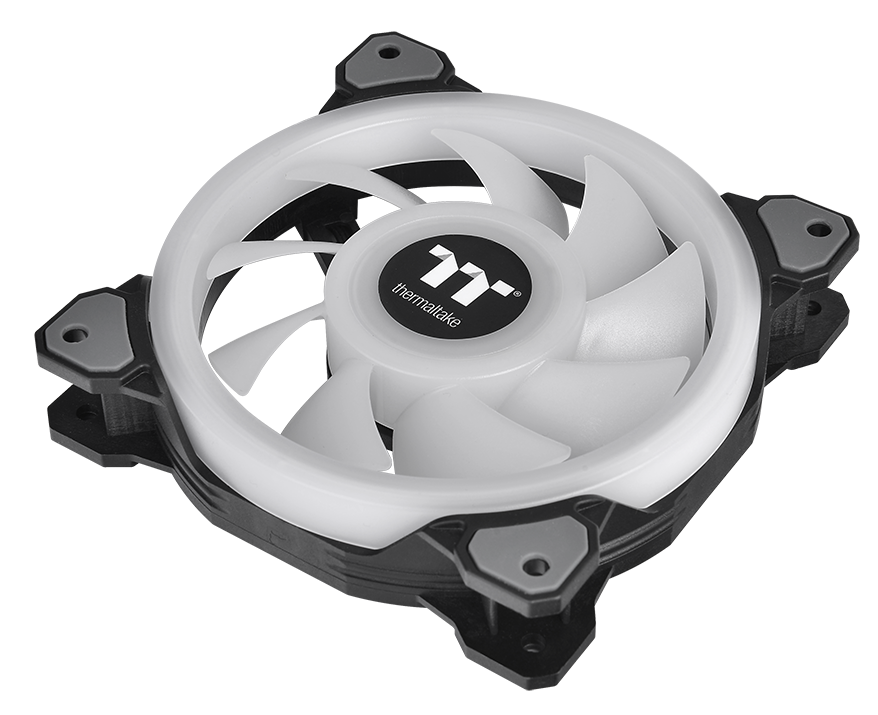
Airflow Configuration
Now it’s time for the big one, the types of airflow setups you can run. There are 3 common options people talk about, so let’s go through them and their pros and cons.
Positive Configuration
Having all your fans as intake means all of the air will be pulled into the case, with no or few fans pushing air out. This can be good to cool down your hardware, however with nowhere to push the warmer air out, it can be problematic, especially if you are running more intense hardware that creates more heat. Major plus for this though, is it minimizes dust build up and can provide your hardware with the coolest, freshest air possible.
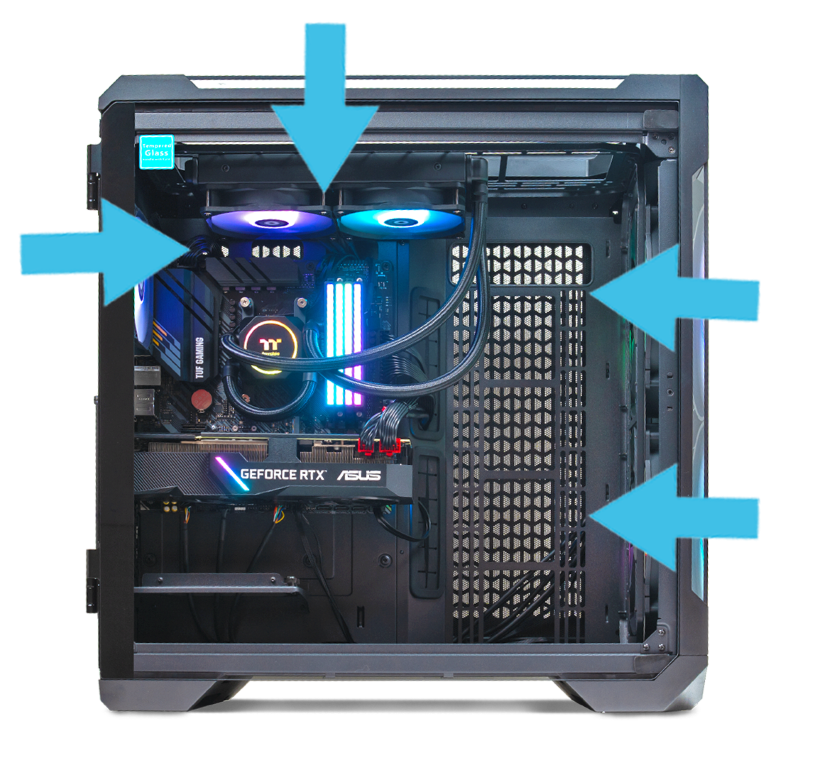 Negative Configuration
Negative Configuration
This is basically the opposite of the Positive Configuration. So, all or most of the fans are pushing air out of the case. This is a great method for removing a lot of hot air fast, but can lead to a lot of dust build-up.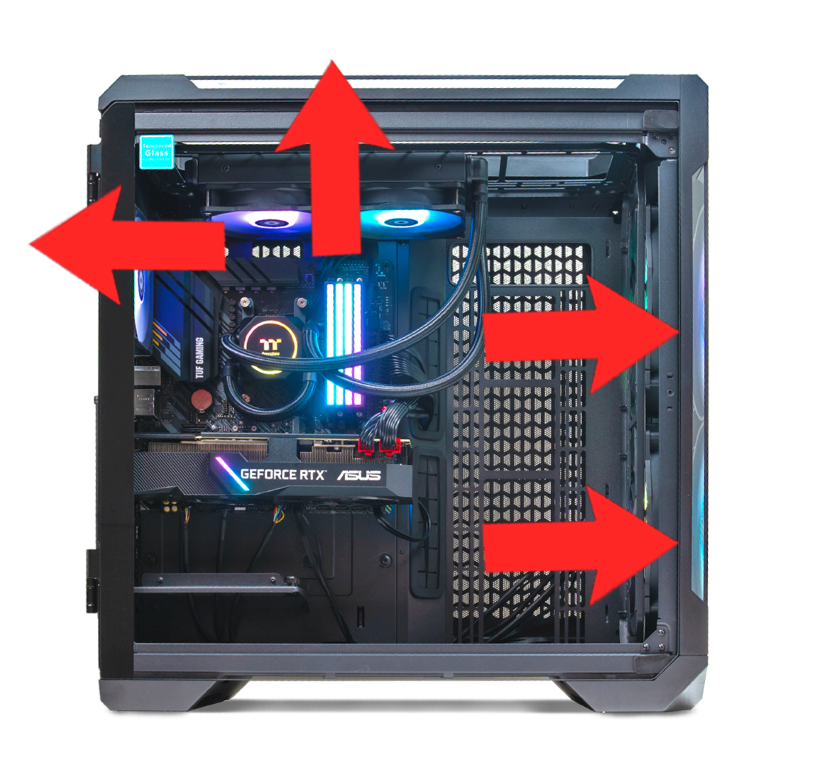
Neutral Configuration
This is often considered the optimal airflow configuration as it combines the previous two. In this option, you will have some fans blowing air in, and others blowing it out. Usually, you will want the intake fans towards the front of the case, and the exhaust a the back and top. This means air moves inside the case through the front, and out the top.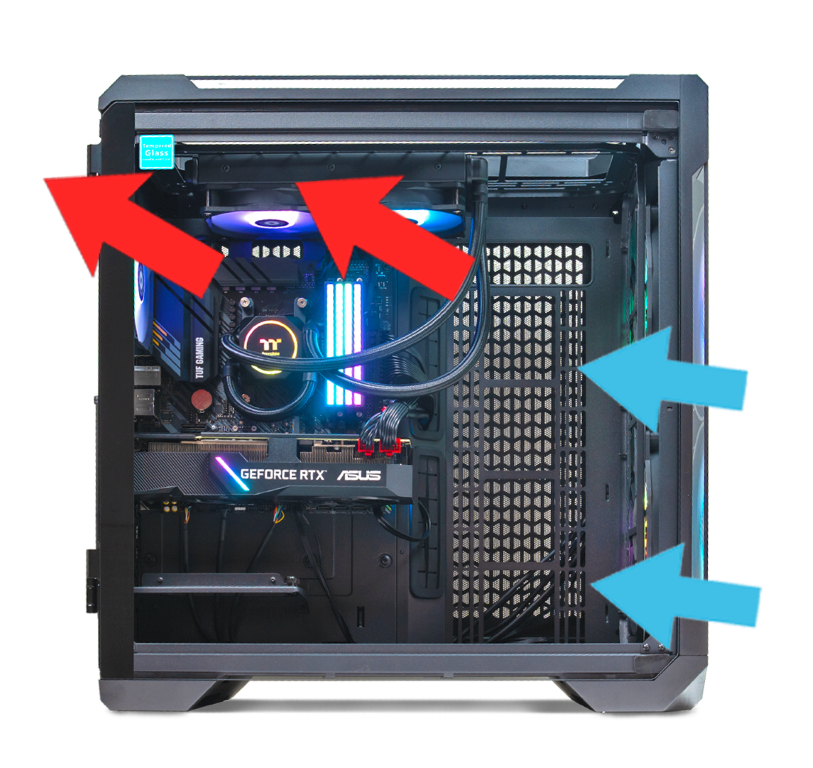
So, what is the best option for you?
Well, only you can figure that out! Hopefully this Airflow Guide has given you enough information to be able to tackle this important decision on your own! We believe in you!
If you want to read even more handy tech tips, check out the rest of our Tech Posts here! Or, jump over to our YouTube channel where we have created an Airflow Guide as well!
